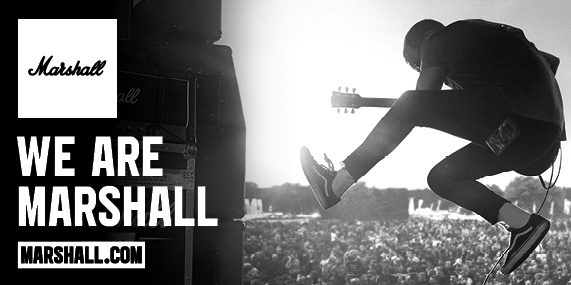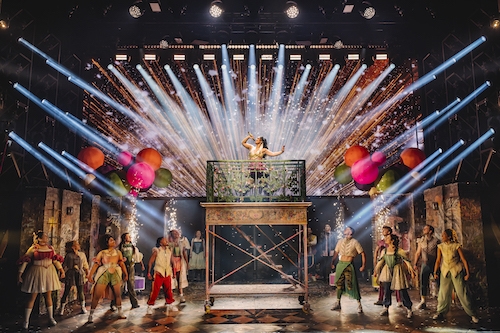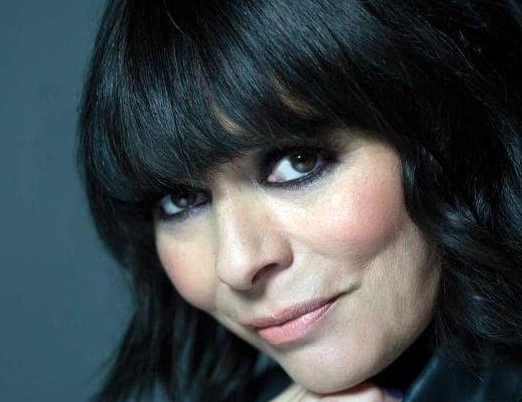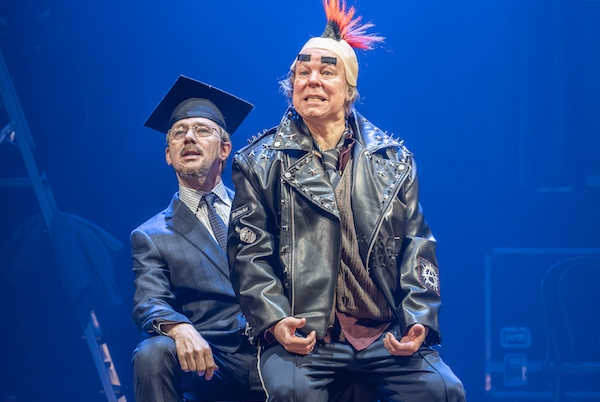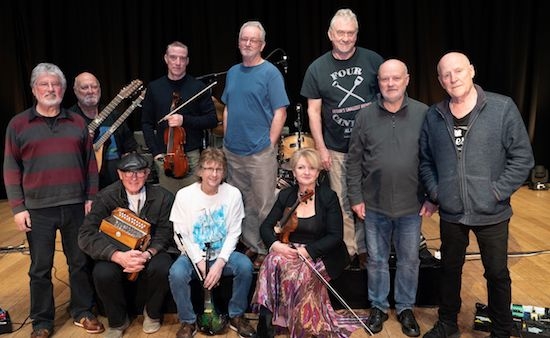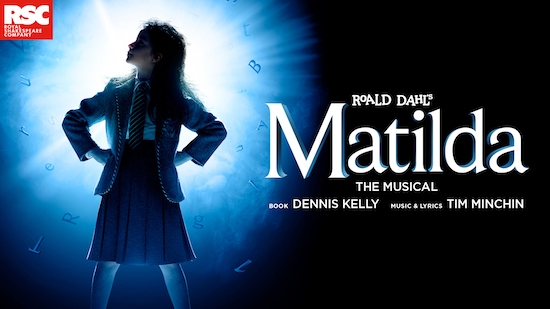New Orleans; a place where every day is party day on Bourbon Street - a party zone raised on cheap shots (the ones you throw down your neck) and loud behaviour, and where at the end of a liquor soaked, exuberant night, the streets are paved... with cheap beads.
It's a tourist fixated parade of bars vying for your drinking dollar, and a 'Huge Ass Beer' is easier to score than a bottle of water. And almost as cheap.
The drinking dens are interspersed by occasional gift shops – prints of jazz artists are everywhere, famous NOLA sons including Dr John and Louis Armstrong are regular views, and Marie Laveau's House of Voodoo will see you right with masks and talismans and keepsakes aplenty.
But there is more to this historic, recently embattled area - step away from the tourist trap once you've dipped your toes in, and take the small walk to the French Quarter to enjoy the best music and a more sedate atmosphere.
This is where the locals go to sample the live sounds. And if it's good enough for them, it's good enough for you and I too.
It's akin to a peep show for a jazz fan, with every establishment window offering a tantalising glimpse of what lies inside, and muffled sounds oozing into the street outside, dancing with the heat, which is still cooking into the early hours. We fill our bellies before filling our ears some more, stopping off to eat at the small restaurant, 13.
Vegetarian options are on the menu, so we pull up a bar stool and prepare – the pizza and veggie sandwich menu is good enough for this couple of weary visitors.
The service is brisk, the staff grand and we return again during our three days in the city. Endorsement enough, right?
The rich musical past of this state is played out all over - from Louis Armstrong Park, to the statues of Fats Domino, Pete Fountain and Al 'Jumbo' Hirt that welcome you to Musical Legends Park back in the hum of Bourbon Street. The space is petite and a nice place to sit back with a coffee and people watch.
But though Bourbon Street is awash with happy, shiny inebriated sorts in the evening (and awash with the results of the indulgent night before, the morning after – the cleaning services are out early morning jet cleaning the pavements) there is plenty to sober you up in New Orleans, and first hand accounts of the battle waged by Hurricane Katrina will do it.
More than a decade has passed since the world watched the tragedy and desperate struggles here.
Understandably, this is still an area with raw memories, and visible scars.
Our taxi driver shares her memories of that fateful day, and there is no better way to understand how things were than by listening to those unfortunate enough to have experienced it first-hand.
Wandering the streets while fighting its almost stifling atmosphere, it is almost inconceivable to imagine the horrors that unfolded.
Once known as Place d'Armes, pretty Jackson Square is now named after the Battle of New Orleans hero, Andrew Jackson.
Its colourful parade of palm readers and buskers is a 'must see.'
Artists are plentiful here, and really, really good. They use the square's fencing to display their wares, and it works.
We are suckered.
Tourists will find a photo opportunity at every turn – to our left is the best band of players busking that we might ever have heard, and to the right, newly weds assemble themselves for the wedding photos.
Do a spot of shopping, visit the Presbytére or Cabildo museums, and while in the area, pop to Cafe du Monde and sample their famous beignets with a coffee, before strolling alone the banks of the Mississippi River.
As you would expect from a region rich in that aforementioned music history, there are a couple of cracking record stores here, and Peaches takes us out of the heat and into the racks of vinyl which has temptation after another.
During our stay, we book for a half day excursion to former plantations Laura and Oak Alley.
It takes an hour-long bus journey, passing through Orleans' swampy surrounds, to reach our destination.
As we leave the city, in the distance, New Orleans Arena looms large, and ahead, a poignant reminder of the slave trade is waiting.
Walking around Creole plantation Laura is a radiant experience - until that heat starts to wear you down, which takes very little time.
The heat here is stifling, and a leisurely walk around is almost too much.
Trying to imagine enduring that heat all day long while held captive as a slave is intolerable.
Plantation registry's listed slave names, work ethic and other features; 'He works in the fields and is a highly skilled worker' to the less flattering, 'She is a lunatic.'
It is desperate and absolutely humbling. Peering in at one of the slave cabins at Oak Alley – where workers would retire after back breaking days lasting up to 14 hours – the starkness and lack of comfort is all too real, and as far removed from the grandeur of the big house as could be imagined.
Our tour of this most beautiful of areas is terrific, exploring real-life accounts of generations of those who owned and worked at the sugarcane farm, and our knowledgeable guide is able to answer any question put her way, no matter how random.
And some were random!
New Orleans is exuberant and wild, but also rebuilding and healing.
If you want music, history, sun and more music, this is the perfect stop off.
Go: We stayed at character-ridden Le Richelieu in the French Quarter, which also comes with at comes with a rock n roll seal of approval – it once played host to Sir Paul McCartney and his family for more than two months.
Located a block away from Bourbon Street, but a world away from the hustle and bustle of the party trail, you get the best of both worlds on your doorstep.

